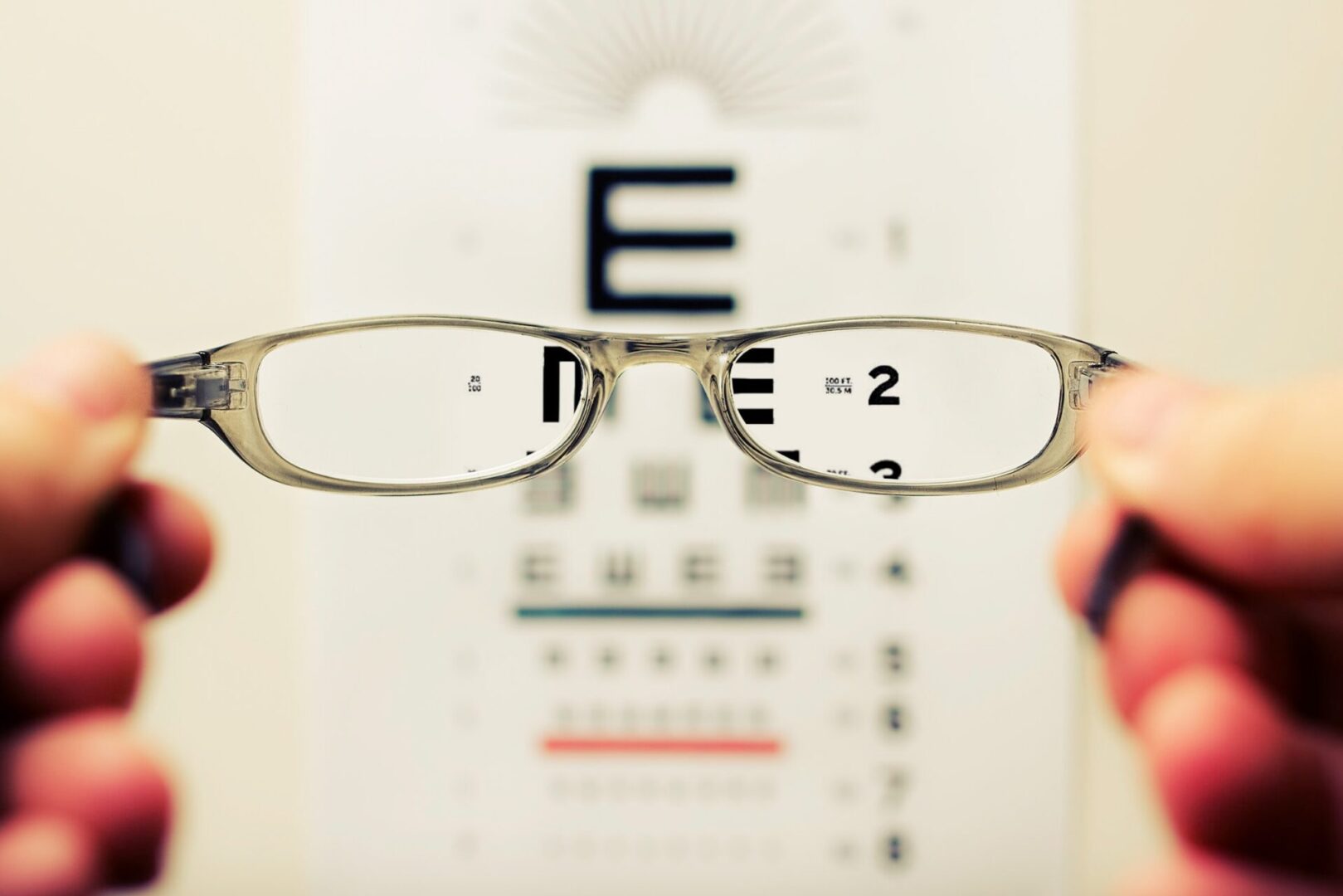Search by Color or Cause


AMD/Low Vision Awareness Month, observed in February. The National Eye Institute Information Office sponsors this event. AMD/Low Vision Awareness Month raises awareness about AMD (Age-Related Macular Degeneration) and Low Vision. Both purple and green represent AMD/Low Vision Awareness Month. In addition, green represents glaucoma. Wear a purple or green enamel awareness ribbon pin, fabric ribbon, or purple or green silicone awareness wristband bracelet to raise awareness.
These eye disorders have an impact on people of all ages, yet few are aware of AMD and low vision symptoms, risk factors, and the way to manage these disorders. In the United States, for example, the most common causes of low vision are AMD, cataracts, glaucoma and diabetic retinopathy. AMD is the leading cause of vision loss affecting more than 15 million adults aged 50 and up.
AMD/Low Vision Awareness Month, in addition, encourages people to learn more about AMD or Low Vision. It also aims to disseminate information about how to care for one’s eyes. Further, it brings awareness to the symptoms, risk factors and treatment of AMD or Low Vision, raises funds needed for its research and related programs, and pushes people to help educate others.
A low vision specialist is an ophthalmologist or optometrist who works with people who have low vision. A low vision specialist can develop a vision rehabilitation plan that identifies strategies and assistive devices appropriate for the person’s particular needs.
Vision rehabilitation can include the following:
There are also many resources available to help people with low vision. Take advantage of resources during AMD/Low Vision Awareness Month.
People with macular degeneration gradually lose their color perception. This is because the photoreceptor cone cells, which are most dense in the macula, are responsible for color vision. The rod cells, which proliferate in the peripheral field, provide only black and shades of gray.
The brain interprets color. The color it interprets depends upon the signals sent by the cone cells. When the cones, however, become weak from disease, they lose their sensitivity to the lower-intensity wavelengths. They are, therefore, unable to send proper signals. Blue, green, and red (called spectral colors) are the easiest to see. Other (non-spectral) colors are created by overlapping of the spectral wavelengths at various intensities (levels of brightness).
Prevent Blindness has declared February as Age-related Macular Degeneration (AMD) and Low Vision Awareness Month. According to the American Academy of Ophthalmology, AMD is a leading cause of vision loss in people 50 years or older. More than 2.9 million Americans age 40 and older have low vision. Low vision is defined as a visual impairment that is not correctable through surgery, medicine, eye glasses or contact lenses.
AMD affects central vision, where sharpest vision occurs. This causes difficulty conducting daily tasks such as driving or reading. The most common form of AMD is “dry” AMD, caused by the appearance of small yellow deposits called drusen. These form under the retina. Dry AMD usually progresses slowly. “Wet” AMD generally causes more rapid and serious vision loss. In this form of the disease, tiny new blood vessels grow under and into the retina. These blood vessels are fragile and often break and leak, causing a loss of vision.
Geographic Atrophy (GA) is the advanced form of dry AMD. Geographic Atrophy results in areas of damaged tissue causing central blind spots.
In addition to the comprehensive “AMD Learning Center” at PreventBlindness.org/AMD, Prevent Blindness also offers the free GuideMe app for those with AMD. GuideMe works by asking a few questions about the user and the user’s AMD diagnosis. It then uses the answers to create a customized guide. The guide includes helpful information, tips, and resources. It also suggests steps to take to be proactive about protecting vision. The guide is compatible with a smart phone, tablet, laptop or PC.
For low vision, Prevent Blindness offers the no-cost “Living Well with Low Vision” online resource at lowvision.preventblindness.org. Tools include a self-help guide to non-visual skills, a visual skills workbook for people with AMD, and a guide to caring for the visually impaired. A free directory of more than 1,500 para-transit services in cities across the country is also available for patients and caregivers in need.
Low vision is when, even with regular glasses, contact lenses, medicine, or surgery, people have difficulty seeing. This makes everyday tasks difficult to do. Activities that used to be simple like reading the mail, shopping, cooking, and writing can become challenging.
Most people with low vision are age 65 or older. The leading causes of vision loss in older adults are age-related macular degeneration, diabetic retinopathy, cataract, and glaucoma. Among younger people, vision loss is most often caused by inherited eye conditions, infectious, and autoimmune eye diseases, or trauma. For people with low vision, maximizing their remaining sight is key to helping them continue to live safe, productive, and rewarding lives.
Here’s eye-opening news: Currently, 4.2 million Americans ages 40 and older are visually impaired. Of these, 3 million have low vision.
By 2030, when the last baby boomers turn 65, 7.2 million Americans are projected to have visual impairments. 5 million will have low vision.
For the millions of people who currently live or will live with low vision, the good news is that there is help. Vision rehabilitation can make a big difference to a person adjusting to vision loss. Vision rehabilitation should be considered a key part of a patient’s overall care.
(Image: Photo by David Travis on Unsplash)